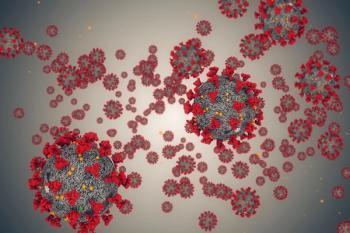
Changing populations driving fungal infections
Fungal infections are on the increase, but not for all the usual reasons. Increasing rates of bacterial and viral infections are due in large part to growing resistance to antimicrobials, but fungi and antifungals are different.
It's not that resistance has emerged as a major problem, but that patients are sicker. Higher rates of fungal infections are related to higher success rates in treating HIV, cancer, transplantation, and other conditions associated with lowered immune system response.
"We must be very aware of our patients' risk for fungal invasion," cautioned Andrew Ullmann, M.D., attending physician at the Johannes Gutenberg University Clinic, Mainz, Germany. "We are seeing a lot of collateral damage from fungal disease, especially in cancer, transplant, and other immunocompromised patients."
But despite the difficulties of recruitment, new antifungal drugs are emerging. Where there was just one intravenous-only antifungal a decade ago, there are now at least nine agents in three classes, said Elias Anaissie, M.D., professor of medicine at the University of Arkansas for Medical Sciences. "The challenge today is which drug to use in which setting and whether there is any role for adding agents as we do in chemotherapy," he explained.
Newsletter
Pharmacy practice is always changing. Stay ahead of the curve with the Drug Topics newsletter and get the latest drug information, industry trends, and patient care tips.































































































































































